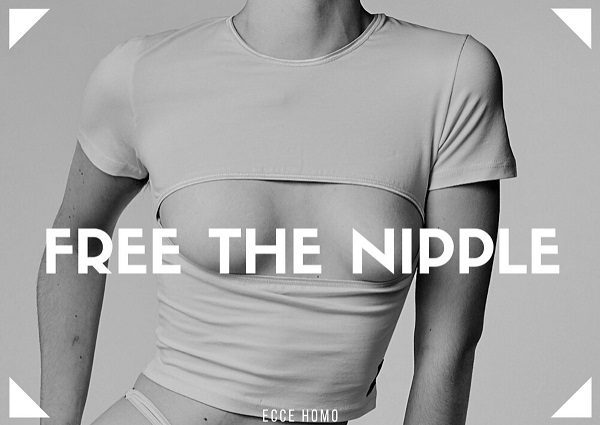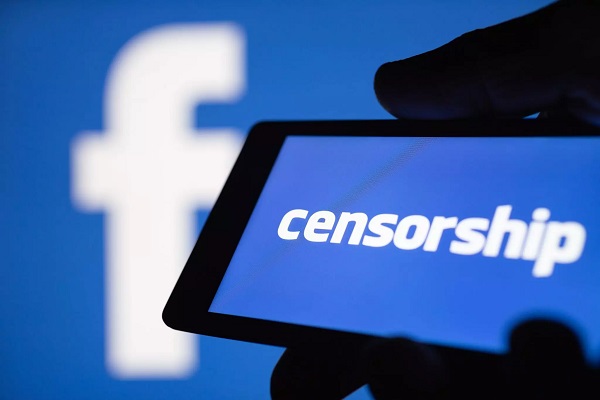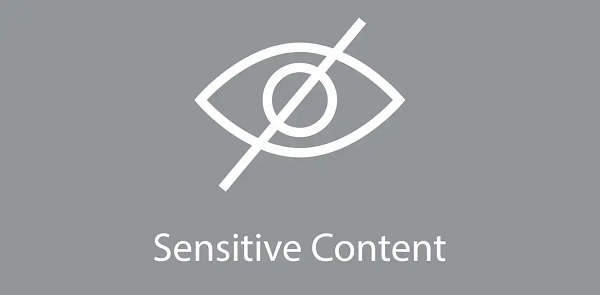To be sure, it’s hard to discuss shadow banning for a number of reasons: firstly, it is hard for the user themselves to even make sure that they have been shadow banned to begin with since social media platforms have publicly denied the practice of shadow banning even though they have acknowledged the impact of their algorithms on the prioritization of content, and because the users themselves do not receive an official ban or notification; secondly, a big part of the online discussion around shadow banning borders a conspiracy discourse that fuels a politically misleading mass-produced hysteria that delegitimizes preemptively even the posing of any questions on the matter. Afterall, shadow banning seems to run against our commonsensical and intuitive understanding of how social media work in general since they are designed in such a way to create the illusion of control and choice on the part of the user. In other words, they seemingly allow the user to control both the flow and production of information online and they encourage them to take control over the content and its form.
However, such freedom is an illusion as the content posted online under the injunction to ‘post!’ is carefully curated by the algorithms that govern the cybersphere. At the more obvious level, the choices a user being offered for a post are often limited in terms of the length, form and media. However, behind this façade of the freedom of speech and expression lurks an algorithmic governmentality that controls the flow and the visibility of each post and censors its content based on nefarious ‘policy guidelines’, ‘community standards’ or ‘terms and services’, the new-age Bible of morality and appropriateness. Moreover, the rhetoric used by the tech gurus -the role models of our neoliberal predicament- regarding theirs AIs usually evokes the impersonality, the rationality, and the automatic character of their function, while also alluding to the idea of their necessary, unstoppable, and inevitable development and exponential improvement of these super-human systems. Such a rhetoric is mobilized both as an excuse, ‘it’s not our fault, it’s our AI’s fault’, and an exonerating mechanism, ‘yes, our AI is racist, but give it time and it will get better’.














 Login
Login